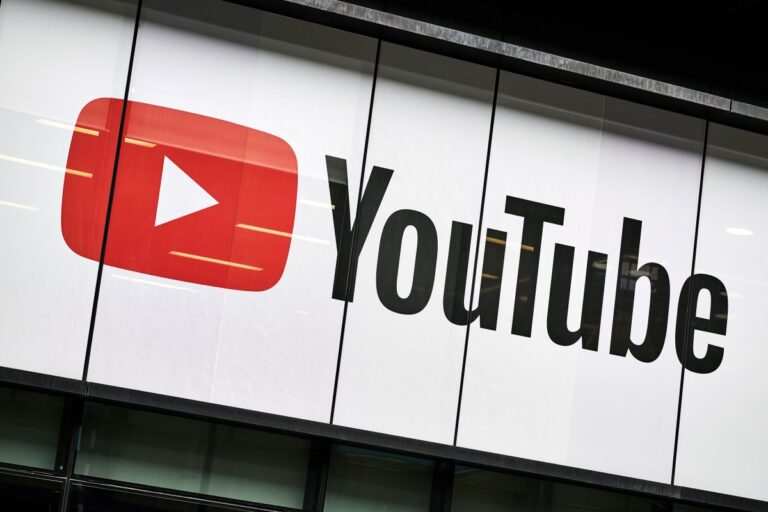Unlocking the True Essence of Open Source: Beyond the License
Understanding the nuances of open source software can be complex, especially when discussing its legal definitions versus its cultural implications. The Open Source Initiative (OSI) serves as a key authority in this realm, defining what qualifies as open source based on specific licensing criteria. However, the true essence of open source often transcends mere legalities, delving into aspects like transparency, community involvement, and governance.
The Duality of Open Source: Legal Definitions vs. Community Spirit
When we think about open source, we often consider whether software is legally available for public use and modification. Yet, the conversation is much richer, involving critical questions such as:
- Has a company limited its project by placing essential features behind a paywall?
- How much transparency exists in the project’s development process?
- What role does the community play in shaping the project?
For many advocates, open source embodies more than just a license; it reflects a culture of collaboration and transparency. A prime example is the Android Open Source Project (AOSP). Despite being released under an Apache 2.0 license, which allows modification and redistribution, the reality of its governance raises concerns. Google controls the roadmap and development, limiting community input and transparency.
Android: A Case Study in Open Source Governance
“Android is perhaps the most well-documented open source project,” noted Luis Villa, co-founder and general counsel at Tidelift. “However, the challenge lies in gaining real access to contribute to it.” This illustrates a fundamental issue: while the software may be open in a legal sense, the practicalities of engaging with it can be daunting.
Peter Zaitsev, founder of Percona, emphasized that practical accessibility extends beyond licensing. “Governance plays a critical role; a single corporation can swiftly change the license, impacting the project’s openness,” he stated.
Concerns Over Vendor Control in Open Source
Dotan Horovits of the Cloud Native Computing Foundation (CNCF) raised an important point about vendor-driven open source projects. He questioned if vendor-owned open source is an oxymoron, especially as companies prioritize their business needs over community interests.
As open source continues to gain traction, particularly in the AI sector, these discussions remain critical. For instance, the DeepSeek model has garnered attention for its open source roots, yet questions surrounding its training data transparency persist. Meanwhile, Meta’s Llama models have sparked debate regarding their true openness.
The Regulatory Landscape and Open Source AI
The EU AI Act recognizes “free and open source” AI systems, which may influence how companies approach their open source strategies. Villa noted that the growing regulatory environment could drive businesses to redefine open source to align with their interests.
Defining Open Source: The Need for Clear Parameters
While some argue for broader criteria that encompass the spirit of open source, having a clear legal definition simplifies the landscape. Stefano Maffulli, executive director at the OSI, stated, “The global community relies on the Open Source Definition as an objective measure.”
In conclusion, as the landscape of open source evolves, it is crucial to maintain a balance between legal definitions and the fundamental principles of community engagement, transparency, and collaboration. Understanding these dynamics will shape the future of open source initiatives across various sectors.







